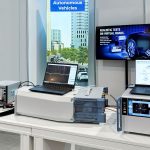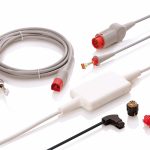By Ryan Schnell, Applications Engineer, Analog Devices (ADI)
Question:
Is a specialised gate driver needed to deliver positive and negative voltages?
Answer:
No, a unipolar gate driver can be adapted to drive in a bipolar manner.
If a positive and negative gate drive is required for a particular power device, circuit designers don’t need to search for a special gate driver that specifically handles bipolar operation. Use the following simple trick to make a unipolar gate driver deliver bipolar voltages:
When driving medium- to high-power MOSFETs and IGBTs, there is a risk of a Miller-effect-induced turn-on when there’s high-rate voltage change across the device. Current is injected into the power device’s gate through its gate-to-drain or gate-to-collector capacitance. If the current injection is large enough to rise the gate voltage above the device’s threshold voltage, there may be a parasitic turn-on, lowering device efficiency or even causing its failure.
The Miller effect can be mitigated via a very low impedance path from the power device’s gate to its source or drain, or by driving the gate to a negative voltage with respect to the source or drain. The goal of the Miller-effect turn-on mitigation techniques is to keep the gate voltage below a desired threshold when there’s a current spike through the Miller capacitance.
Certain power devices even require a negative voltage to be fully off, necessitating a negative voltage drive coming from the gate driver; this is typically found in standard silicon MOSFETs, IGBTs, SiC and GaN devices.










